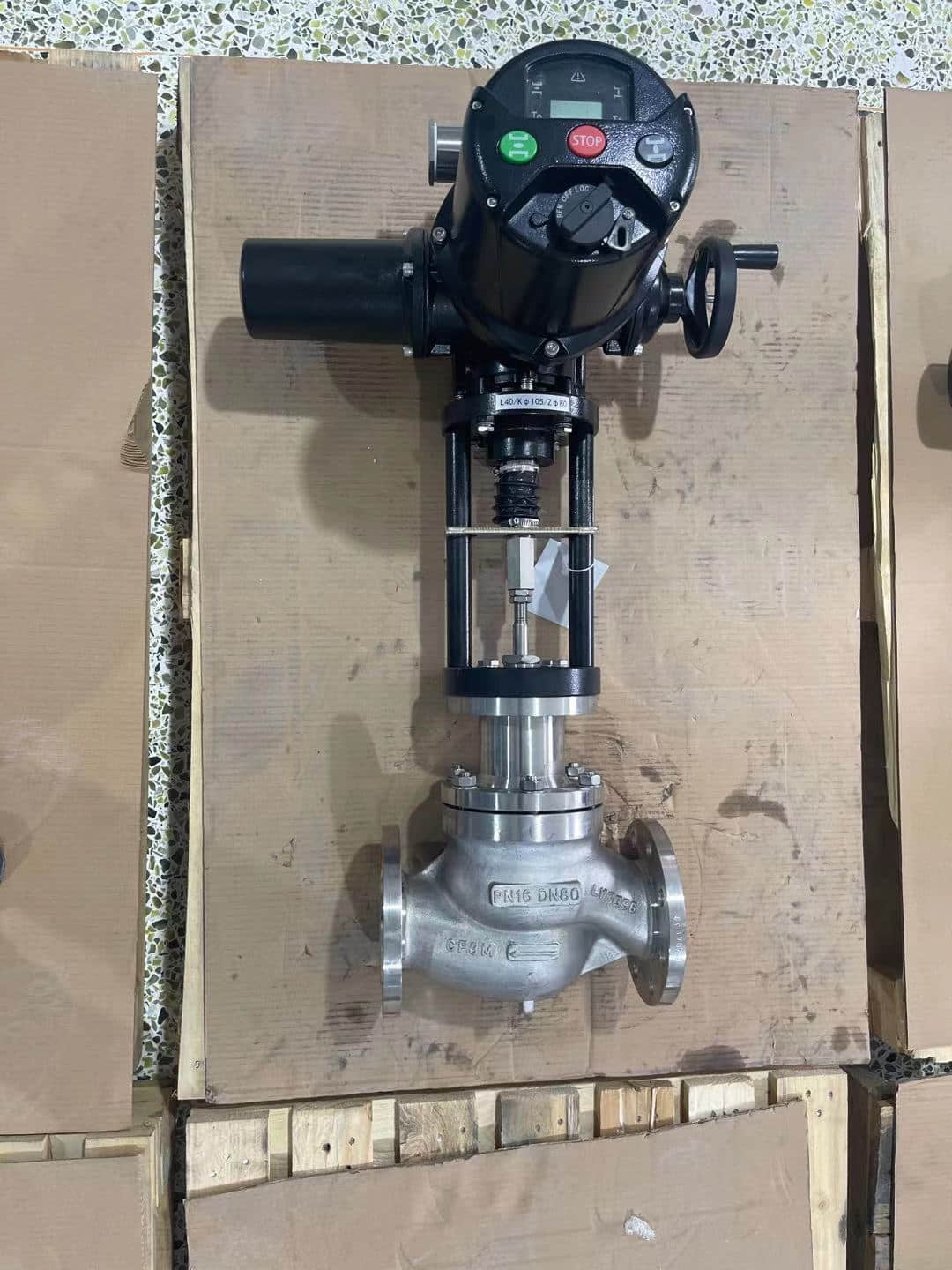understanding the wcb electric two-seat regulating valve
Release time:2024-10-15 18:42:13
The WCB Electric Two-Seat Regulating Valve is a sophisticated control device widely used in various industries to manage the flow of liquids and gases. Its design, characterized by two seating surfaces, allows for precise regulation of fluid dynamics, making it an essential component in systems that require accurate flow control. This article delves into the functionality, advantages, applications, and maintenance considerations of the WCB Electric Two-Seat Regulating Valve.

Functionality and Design The WCB Electric Two-Seat Regulating Valve operates using an electric actuator that enables remote or automated control. The two-seat design means that the valve has two separate sealing surfaces that provide a better shut-off capability compared to single-seat designs. This configuration minimizes leakage, ensuring a higher degree of flow accuracy. The valve's structure typically includes a body, two seats, a stem, and an actuator. The electric actuator is integral to the valve's operation, converting electrical energy into mechanical motion to open or close the valve.

